This
post was originally published on
this sitehttps://www.girlsgonestrong.com/
I’ll level with you…
I’ve probably made every mistake in the book when it comes to my own training.
And I don’t mind admitting it.
 When I first became interested in exercise, I joined a gym and fell in love with group fitness classes. In fact, I loved them so much I decided to become an instructor. I got certified to teach nearly every group fitness class you can imagine.
When I first became interested in exercise, I joined a gym and fell in love with group fitness classes. In fact, I loved them so much I decided to become an instructor. I got certified to teach nearly every group fitness class you can imagine.
Between my own workouts and all the classes I taught, I was doing more than five hours of exercise daily. I really wanted to get leaner, and I figured that doing more was the best and quickest way to accomplish that.
Oddly, despite all that exercise, my body wasn’t changing as I expected it to. As a matter of fact, when I had my body composition tested at one point, my body fat had increased and my muscle mass had decreased!
I was so frustrated. Why wasn’t I getting leaner?
To add insult to injury, I wasn’t getting stronger, either. I wasn’t any closer to being able to do a single unassisted pull-up or standard push-ups.
What was holding me back?
Turns out I’d been subscribing to some myths that are so pervasive in the fitness world that most of us (no matter how much education we have!) think they’re true — until we learn differently.
In addition to my personal experience, as a former group fitness instructor, personal trainer, and strength coach for over 15 years now, I’ve encountered thousands of women who’ve made these same mistakes.
If you’re working hard and struggling to get the results you want, could one of these myths be derailing your progress?
Let’s find out. In this article, I’ll go over five common fitness myths and reveal the facts so you can finally get the results you’ve been working so hard for.
Myth 1: Sweat and Soreness Are Signs of a Good Workout
“Wait, how can this possibly be over? I didn’t even sweat!”
My client looked at me, bewildered. She’d just finished a strength workout (in a cool studio, during winter) and couldn’t believe she wasn’t dripping in sweat.
Wasn’t that the purpose of working out?
 That wasn’t the first time I’d heard that kind of comment.
That wasn’t the first time I’d heard that kind of comment.
When I was a group fitness instructor, clients often said things like, “I’m so sore from my workout! But that’s a good thing, right? It means it’s working, isn’t it?”
Well, not exactly (although, I admit that for a while I, too, believed the quality of a workout could be measured in sweat and soreness).
True, chasing sweat and soreness can be tempting because it’s concrete evidence that we did something. And popular “fitspo” memes reinforce the idea that the sweatier and more painful a workout is, the better the results will be (“Sweat is your fat crying” and “No pain, no gain” come to mind).
But that just isn’t the case.
Fact: How sweaty and sore you get are not indicators of an effective workout.
It can feel good to work up a sweat, and a bit of soreness can serve as a nice reminder that we moved our bodies and did something physical. But the truth is, neither sweat nor soreness is necessarily indicative of an effective workout.
Those things may feel nice, emotionally, but they don’t always have a solid physiological carryover.
I can stand in my yard in the blazing sun and wave at the neighbor for three hours straight, work up a monumental sweat, and experience extreme soreness the next day. But it doesn’t mean that I burned fat or got stronger. (It simply means that my arm and shoulder performed the same movement a bazillion times in a row, and it was hot outside. And maybe that my neighbor now thinks I’m a weirdo.)
Why do we sweat (or not) when we work out?
In healthy people, sweat is a natural response that aids in cooling down the body. When sweat evaporates, it cools the skin’s temperature and helps prevent overheating. During exercise, the heart rate typically goes up, as does body temperature.
That said, just because your body temperature rises doesn’t mean you’re making progress. Your body temperature could increase because of:
- The environment
- The clothes you’re wearing
- Your genetic predisposition to sweating
- How recently you’ve eaten
- Your hormones
- Whether you’re nervous, anxious, excited, etc.
Yes, sweat can be an indicator that you’re exercising hard.
But exercising hard doesn’t necessarily mean progress.
It’s not necessary to sweat to make progress. While, in certain cases, we can draw a correlation between the two, there isn’t a direct cause and effect relationship.
When you’re working hard, you may be likely to sweat more. But if you’re exercising in a cool environment and wearing moisture-wicking clothing, even if you’re working hard, you may not sweat all that much.
(Just like you could be sweating up a storm when you’re packed into public transit during rush hour, yet you wouldn’t confuse that with a hard workout, would you?)
What about muscle soreness?
 When you challenge your muscles in a significant way — for example by lifting weights — the physical stress creates tiny, microscopic tears in your muscle fibers. With proper nutrition and rest, your body repairs those tiny tears and rebuilds your muscles bigger and with the capability to be stronger than they were before.
When you challenge your muscles in a significant way — for example by lifting weights — the physical stress creates tiny, microscopic tears in your muscle fibers. With proper nutrition and rest, your body repairs those tiny tears and rebuilds your muscles bigger and with the capability to be stronger than they were before.
Your body’s goal is to make everything you do as easy as possible to conserve energy for your survival. This is why your body adapts and becomes bigger and/or stronger so that the tasks you’ve done become easier for you if you have to do them again in the future.
It’s normal to experience something called DOMS (delayed-onset muscle soreness). DOMS usually occurs one or two days after a strength training session, and feeling a little DOMS is normal if you’re challenging yourself. Some people are genetically more predisposed to experience DOMS, while others rarely feel any muscle soreness at all.
That said, it’s possible to make great progress without ever being sore, especially if you recover properly from your workouts — and being sore doesn’t mean you’ve made progress.
Typically, being excessively sore is indicative of one or more of these four things:
- You did something new to you, or something you haven’t done for a while, and your muscles aren’t used to working in this way.
- More stress than previously applied to the muscle. You used more weight, did more overall volume, or spent more time under tension.
- Prolonged eccentrics. You spent more time in the negative or “lowering” portion of an exercise, which can create more strain on your muscle fibers, leading to muscle soreness.
- Under-recovery. If you’re constantly sore, you’re likely not recovering well from your workouts. This could be under-recovery due to a lack of protein to repair muscle, lack of overall calories, lack of sleep, too much stress, etc.
If you’re typically always sweaty and sore in workouts, try this…
If you feel like workouts “don’t count” unless they’re a sweat fest, consider experimenting with different forms of more restorative movement or varying the length of your workouts. Instead of a hard run, why not go for a shorter or lighter one, attend a yoga class, or just spend some time outdoors?
Or course, if you sweat a lot no matter what you’re doing, remember that some people naturally sweat more than others. Experiment with different clothes or try exercising in different temperatures (if this is something within your control) to see if it makes a difference. Sweating a lot isn’t typically an issue, especially if you stay well-hydrated.
If you’re always extremely sore after workouts, consider paying attention to your recovery: Are you eating sufficient protein? Are you sleeping enough? Being very sore after doing new-to-you exercises is normal, but that soreness should taper once your body gets used to your program. If you’re constantly very sore, look at the other aspects in your life that may be affecting your recovery.
Myth 2: More Exercise Is Always Better
There was a time in my life, years ago, when I was an ambassador for the “more is better” approach to exercise.
A typical day would look like this, exercise-wise:
- 6 a.m. — Teach Spin
- 7 a.m. — Teach yoga
- 1 p.m. — Run on my lunch break
- 5:30 p.m. — Lift weights
- 6:30 p.m. — Take a kickboxing class
I did this for years. YEARS! I whole-heartedly believed that she who did the most exercise would win the grand prize. Boy, was I wrong!
 Yet, many women are taught that more is better. More exercise, more discipline, more calories burned, more results, right?
Yet, many women are taught that more is better. More exercise, more discipline, more calories burned, more results, right?
Actually, no. While this type of exercise may feel good at the time, it isn’t an effective training approach in the long term, and it seldom leads to sustainable results.
In fact, it’s much more likely to result in:
- Intense soreness — due to under-recovery, as discussed earlier — which prevents you from giving your all from one training session to the next, or gives you the illusion that you’re training harder than you are.
- Increased hunger and appetite entitlement — that feeling where your cravings are out of control and you feel you’ve “earned” the right to eat everything in sight — which leads you to eat in a way that doesn’t align with your goals.
- Hormonal issues — often showing up as disrupted sleep and lower energy — which make it seem like you’ll never reach your goals no matter what you do.
Often, when women first notice the symptoms above, they’re tempted to add even more exercise to their regimen, to counter these effects… except that these were caused by doing too much exercise in the first place!
Often, the solution is to do less exercise, as counterintuitive as that may seem.
Fact: Optimal exercise is better.
At Girls Gone Strong, we believe that the key to getting the most out of your training is to keep your hunger and appetite in balance, train at an intensity that allows you to make progress without running you ragged, and make plenty of time for rest, relaxation, and socializing.
All of these factors are crucial to both your progress and your overall enjoyment of life. Sometimes doing less exercise turns out to be exactly what you need.
Instead of constantly trying to do more, we encourage women to figure out their own Optimal Effective Dose.
To explain the Optimal Effective Dose, let’s first establish what each end of the continuum looks like, starting with the Minimum Effective Dose and ending with the Maximum Tolerable Dose.
In training, the Minimum Effective Dose (MED) is the minimum amount of stimulus required to achieve a desired effect.
MED is appropriate for people who seek to generally improve their health, people who are already struggling with very high levels of chronic stress, or people who have very busy schedules. Think of the MED as doing the bare minimum to move forward (which can be very beneficial and appropriate for some people).
On the other end of the spectrum, the Maximum Tolerable Dose (MTD) is the highest amount of stimulus that a person can handle before experiencing negative consequences.
Training using an MTD approach is a full-time commitment. It requires the most time, dedication, and resources and comes with the most risk for overtraining and injury. This approach is for professional or competitive athletes and people who have ample time and resources to optimize every aspect of their nutrition, get plenty of rest, go for massages or other recovery care, and prioritize sleep for the best recovery possible.

Somewhere along the continuum between the two extremes, there is a vast middle ground referred to as the Optimal Effective Dose (OED). The OED provides results in a relatively timely manner when working hard and staying consistent, all while still living your life.
To get the most out of your exercise, it’s important to find your OED, that is, your training sweet spot. Your OED should allow you to do the following:
- Feel in control of your hunger and appetite (i.e., cravings).
- Recover enough from each training session to be able to train again by the time the next session rolls around.
- Feel generally good and energized (not overly sore or exhausted from exercise).
- Participate in other obligations and activities in your life (family, career, social, leisure, etc.)
Finding your OED may require some trial and error. If you start training and your hunger and appetite are suddenly through the roof, you never feel fully recovered from your workouts, and your training is taking you away from the rest of your life, you can always adjust.
If you’re ready to get more results from your workouts, try this…
If you always train at a high intensity, consider substituting one or two of your weekly sessions with a low-intensity workout that will provide some additional energy expenditure without overly stressing your body or causing a boost in appetite. This could be a leisurely walk or bike ride or a restorative yoga class, for example.
If you’re on the opposite end of the spectrum, and all your strength training tends to be low to moderate intensity, try dialing up the intensity a bit and adding a little variety to your routine a few times a week.
Myth 3: No Matter What You Eat, You Can Work It Off at the Gym
Friday night, at last — time to unwind! Glass of wine? Don’t mind if I do! What about some pizza? Sure! And let’s get some cheesy bread with dipping sauce, too. More wine? Yes, please! Oh, and let’s add some of these double chocolate brownies. And ice cream, of course! I mean, I’ll work it off at the gym tomorrow morning anyway. Another glass of wine?
Have you ever caught yourself thinking along these lines? I know I have.
And you’ve probably heard someone say, “You can’t out-train a bad diet!” Maybe you’ve even said it yourself. What this means is that it’s always going to be more difficult to reach our goals when we don’t align our exercise and nutrition efforts.
(By the way, there’s nothing inherently “bad” about the foods just mentioned. You shouldn’t feel ashamed about enjoying your food. What we’re saying is that beating yourself up in the gym in an attempt to compensate for the food you ate isn’t an effective response to a surplus of calories.)
Exercise should not be penance for the food you’ve eaten.
Making a habit of overeating, believing that you can simply “work it off” later, won’t get you closer to your goals.
 But what if you’re that hungry?
But what if you’re that hungry?
I hear many women say that they are hungry all of the time, and they can’t seem to control their appetite. Unsurprisingly, these same women exercise for hours at a time, five or more days per week. Could there be some correlation there? You betcha.
I know firsthand how this feels because it happened to me. Years ago, I was teaching tons of group fitness classes (about 13 per week). Some days I taught two or three classes and then did my own workouts on top of that.
I’d often end up eating everything in sight, thinking all that exercise would compensate for it. Yet, I wasn’t getting any closer to my goals.
Fact: Depending on your goal, it’s difficult to out-exercise your nutrition.
When you get overly aggressive with exercise, it can crank up your appetite to the point that your food intake overpowers your training. This is exactly what happened to me when I was doing all that exercise.
I’d get home from the gym every night feeling absolutely ravenous, and I’d wind up eating a whole lot of food. I’d start with a meal consisting of a quarter chicken, sweet potato, and some greens. That wouldn’t be enough, so I’d eat Greek yogurt with fruit a little while later. Still hungry, I’d eat a few slices of bread with nut butter and follow that up with a granola bar. Still unsatisfied, I’d wolf down a bunch of cookies.
No matter what I ate, I never felt totally satisfied. I became an exercise-induced bottomless pit. Eating like this didn’t do anything for my physique goals, and it certainly didn’t help cultivate a healthy relationship with food, because the only thing I wanted was more, more, more.
I see a lot of people participating in training modalities that don’t support their nutrition goals. After their workout, they feel famished and end up eating a lot more than they actually need in order to adequately replenish and recover.
If you’re exercising a lot and feel ravenous all the time, try this…
When you’re exercising intensely all the time, you may be making yourself so hungry that all your careful nutrition planning will go out the window. Sure, you’re eating your nutritious meals, but what about everything else you end up eating because you’re just never satisfied?
If this is you, take a step back and evaluate how you’re feeling. Are certain training modalities or activities causing intense cravings or an insatiable appetite? If so, consider the following:
- Try reducing the intensity of your workouts, by doing pure strength training (where your programming includes plenty of rest between sets) instead of metabolic resistance training (where the goal is to maintain an elevated heart rate and elicit a “cardio” effect). As you adjust your training, pay close attention to your hunger cues — do you notice any changes?
- Try changing the frequency of your training sessions or by substituting your HIIT workouts with walking. Do you notice any changes to your appetite and cravings?
Finding the right combination of training modality, frequency, and intensity may require some fine-tuning, but by becoming aware of the relationship between how you exercise and the effect it has on your hunger and cravings, you’ll be able to make more informed choices.
Myth 4: You Just Need to Diet Harder
Many women don’t have an accurate picture of what “enough” food really is — especially when trying to lose weight.
 We’re often taught that the fewer calories we consume, the better. There’s this persistent myth out there that women should not eat more than 1200 calories a day (which, if you think about it, makes very little sense when you consider the wide variety of body sizes and goals among different women).
We’re often taught that the fewer calories we consume, the better. There’s this persistent myth out there that women should not eat more than 1200 calories a day (which, if you think about it, makes very little sense when you consider the wide variety of body sizes and goals among different women).
Maybe you’ve also heard of the law of thermodynamics or, as it’s often described, “calories in, calories out.” It’s a way of explaining how the body takes in and uses energy. In a nutshell, it obtains energy from food, and expends it through:
- Basic metabolic functions (breathing, circulating blood, etc.)
- Movement (like purposeful exercise, but also every activity of daily life)
- Heat production
- Digestion and excretion
The mistake we often make is believing that it’s easy to calculate both the calories we ingest and the calories we expend. We think along the lines of “If I burn all these extra calories working out, and eat much less, I’ll easily burn fat.”
In reality, eating too little can hinder fat loss, strength gain, and muscle gain, and can affect energy levels and overall health. Plus, calculating exactly the amount of energy we take in and expend isn’t as straightforward as it may seem.
Fact: Undereating may be hindering your progress.
The body is a dynamic and adaptable machine — it wants to feel “safe.” With survival as its top priority, it is constantly regulating how it responds to its environment.
In other words, to conserve energy and direct calories to essential functions for survival, your body resorts to burning fewer calories, even as you’re exercising regularly and intensely.
This can mean that your body composition isn’t changing despite being very mindful of your nutrition and training hard, or that you’re experiencing a plateau in your deadlift and you haven’t hit a PR on a lift in months despite consistent training.
When resources (calories) are scarce, the body prioritizes essential functions such as regulating body temperature and blood pressure over other functions such as rebuilding muscle tissue.
Inadequate food intake makes it nearly impossible to increase muscle strength or size, and the energy deficit can seriously diminish your power in training sessions.
When you’re under-fueled, it may feel like you’re training intensely, but your power output is actually much lower. If you can’t maximize your power when lifting, you won’t be able to achieve the necessary stimulus to promote muscle growth and rebuilding.
Undereating can also sabotage your recovery, which is just as important as the training itself for improving performance and seeing progress.
When you train, you’re breaking down muscle tissue, and without adequate calories and protein in your diet, your muscles won’t have the materials needed to rebuild. And if you’re under-fueled during your workout, your body may turn to protein from your muscles for the fuel it needs.
Undereating can also lead to disrupted sleep, and evidence shows that high-quality sleep is essential for recovery after a tough workout. Poor sleep can lead to fat retention. So if undereating is causing your sleep to suffer, you might not perform well in the gym or see the body composition changes you’re expecting to see.
If you’re interested in fat loss, try this…
The main thing that matters for fat loss is being in a sustainable calorie deficit. This means you eat slightly less than you burn, and your body taps into stored body fat for the extra calories. Keep in mind, there’s a sweet spot for a calorie deficit, and you won’t get better results by going more than a few hundred calories — 300 to 500 max — below your estimated needs.
To stay in a deficit more easily, focus on eating lots of protein sources such as meat, fish, poultry, and eggs. Emphasize plant-based sources of carbohydrates as much as possible, such as sweet potatoes, potatoes, rice, beans, and plantains. And fill your plate with non-starchy veggies and leafy greens to help you feel more full.
If you’re interested in gaining muscle, try this…
If your goal is to build muscle and see more definition, at a minimum you should be eating enough calories to maintain your weight. But to truly gain more size or muscle mass, you’ll likely need to be in a caloric surplus, that is, you’ll need to eat more than you burn.
Just a few hundred calories above your maintenance needs, combined with strength training, can allow your body to put on more muscle mass. This is easier to do when your fat and carbohydrate intake aren’t restricted in any way. Now is not the time to cut any food groups from your diet.
 Along with a caloric surplus, getting plenty of protein is also essential for building larger, more defined muscles. When possible, choose whole foods such as meat, fish, poultry, eggs, dairy, and beans or legumes.
Along with a caloric surplus, getting plenty of protein is also essential for building larger, more defined muscles. When possible, choose whole foods such as meat, fish, poultry, eggs, dairy, and beans or legumes.
Adding in a post-workout protein shake can help you hit your protein goals. Look for a high-quality protein powder such as hydrolyzed beef, grass-fed whey, or organic pea protein.
Myth 5: If You’re Not Exhausted, You’re Not Working Hard Enough
Just because a trainer can make you tired doesn’t mean they can make you better.
There are trainers who don’t understand how to properly write and execute a training program, so they simply give their clients what they think the clients need — a butt kicking.
Now if your goal (or your client’s goal) is to “get crushed” and feel worn out and sore, maybe that works. But honestly, there’s a better way.
The purpose of strength training is to elicit positive adaptations within your body to help you:
- Gain muscle mass.
- Get stronger.
- Increase your bone density.
- Improve your body composition.
- Improve your hormone levels.
- Improve your posture.
…and much more.
And you want to know a secret?
You don’t have to exhaust yourself to get there.
In fact, I would argue that exhausting yourself too much, too often will hinder your progress toward those adaptations.
Fact: You don’t have to be exhausted from your training to see results.
You need to challenge your body out of its comfort zone in a way that allows you to come back strong the next time around. That’s how progress happens.
But training is a form of stress, and the body reacts to it the same way that it reacts to anything else that’s stressful — sick kids, a looming work deadline, or being chased by a bear. Training to exhaustion can sometimes feel good emotionally. However, stress is stress is stress, and that constant stress impedes recovery.
If you’re not able to recover adequately from your workouts, your progress is likely to slow down. You may even experience negative consequences from the excess stress such as disrupted sleep, or turn to coping mechanisms such as emotional eating, which may take you even further away from your goals.
The more exhausted you become, the less you’re able to remain consistent with your efforts, and the more likely you are to skip training sessions.
 While your training program should be challenging, it should also include a sufficient amount of rest.
While your training program should be challenging, it should also include a sufficient amount of rest.
When you’re not getting enough rest in a workout or in a training phase, your muscles aren’t getting enough time to recover before the next set (or the next workout). This, in turn, can affect your ability to use enough weight or perform enough repetitions to elicit your desired response.
On the other hand, an appropriate amount of rest can actually help you train harder because you’re giving your muscles adequate time to recover between sets and between workouts. Instead of skipping sessions because you just don’t have it in you, you’re able to show up to each session ready to work hard.
You can’t keep doing something forever when you’re running yourself into the ground.
If you leave every workout feeling utterly exhausted, try this…
Take some time to evaluate what you want to get out of your workouts. Is being tired your goal? If so, keep doing what you’re doing.
However, if you’re trying to get stronger or to change your body composition (or both), consider adding a little more rest in your workouts so that you’re able to perform every rep of every exercise with good technique and enough energy.
Remember — the keys to progress are consistency and sustainability.
Want help getting the best results of your life — without extreme dieting or exercise?
Finally with GGS Coaching there’s a way of eating and exercising that’s effective, enjoyable, and easier than ever before (even if you’ve tried everything).
If you’re ready to:
- Stop restricting, dieting, and obsessing about food
- Eat food you love — that satisfies you — and still get the results you want
- Spend less time in the gym, not exhaust yourself, and still achieve your goals
- Trust your body and trust yourself around food
- Feel good in your skin, and radiate confidence from the inside out
We can help.
That’s why we created GGS Coaching.
Women need coaches who understand their unique needs and challenges, and GGS Coaching is a coaching program designed by women, for women, run by women.
Helping women is what we do here at GGS. Tell us what your goals are, and we’ll help you achieve them in a way that lasts.
GGS Coaching was designed as the antidote to all of the typical obsessive, restrictive, exhausting diet and exercise programs out there, which are too difficult to sustain for any real length of time.
We get it. That’s why we use a sustainable, skill-based approach to help you practice the exact skills you need to get the results you want – without overhauling your life.
GGS Coaching isn’t just about getting the best physical results you’ve ever gotten in your life — it’s about becoming the best version of yourself, one step at a time.
On June 25th, 2019, we’re accepting a small number of new coaching clients.
If you’re ready to work with a world-class GGS Coach, we strongly recommend you join our free, no-obligation pre-sale list below to enroll early and save up to 45% off the general public price.

Once you join the pre-sale list, we’ll send you more info about the program. And when enrollment opens, we’ll give you the chance to register 24-48 hours before everyone else. Plus, you’ll save up to 45% off our general public price.
Join the Pre-Sale List Now
The post 5 Fitness Myths That Are Ruining Your Results appeared first on Girls Gone Strong.

 With June here, we’re all about grilling. For some lighter fare, we love these Primal- and keto-friendly kabobs with summer veggies.
With June here, we’re all about grilling. For some lighter fare, we love these Primal- and keto-friendly kabobs with summer veggies. 


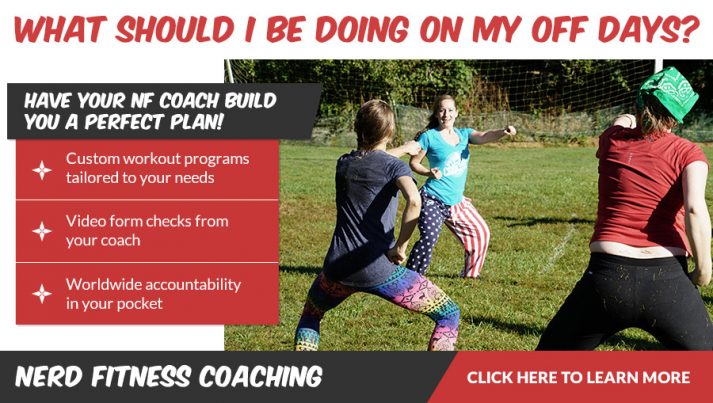


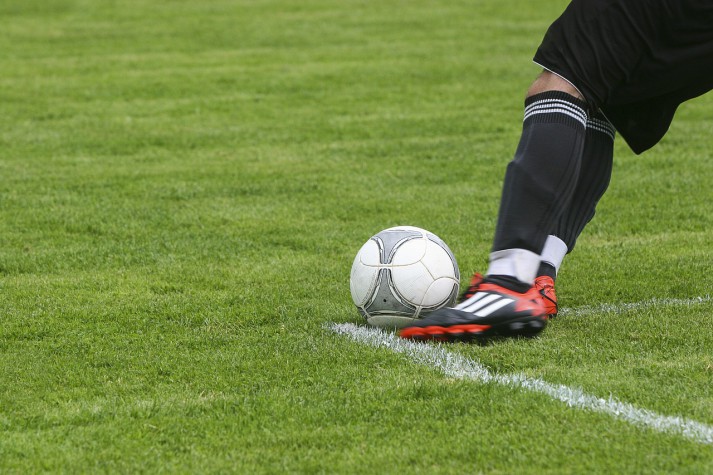

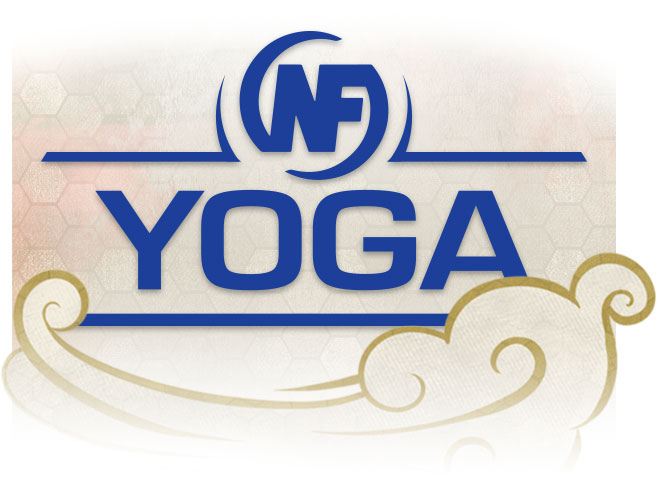

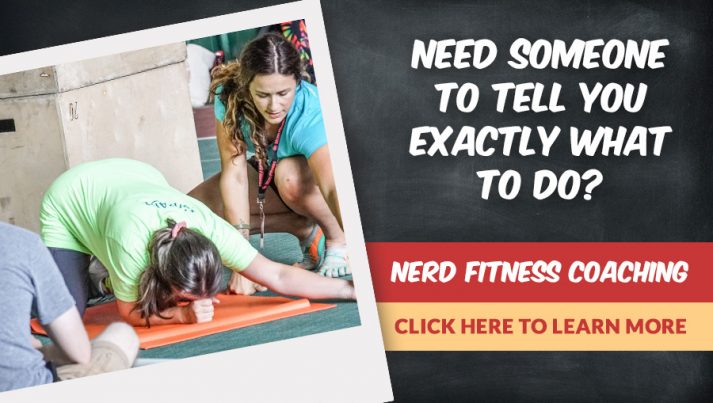











 If you look around the online keto-sphere, you’ll notice that 20 or 30 grams is often the standard daily limit for carbohydrate intake. Any more than that, they say, and you’ll never get into ketosis, never become fat-adapted, and waste all your efforts at reducing carbohydrate intake. And then you come to Mark’s Daily Apple, sign up for the June Keto Reset, or buy a copy of
If you look around the online keto-sphere, you’ll notice that 20 or 30 grams is often the standard daily limit for carbohydrate intake. Any more than that, they say, and you’ll never get into ketosis, never become fat-adapted, and waste all your efforts at reducing carbohydrate intake. And then you come to Mark’s Daily Apple, sign up for the June Keto Reset, or buy a copy of 
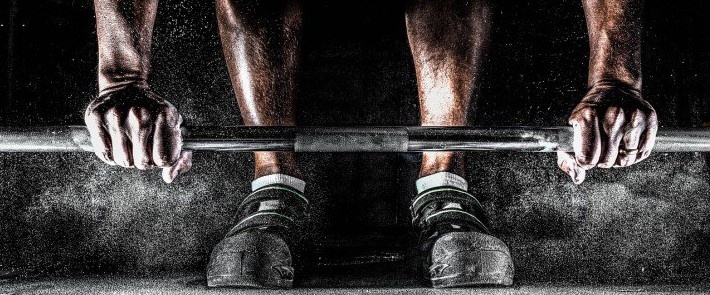 There’s a lot of false information out there on “building muscle fast.”
There’s a lot of false information out there on “building muscle fast.”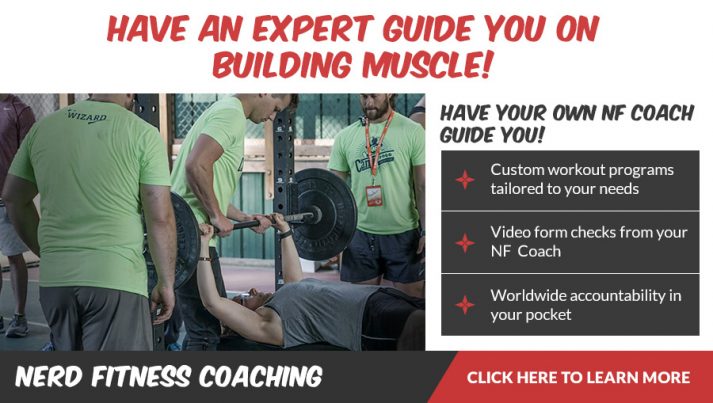

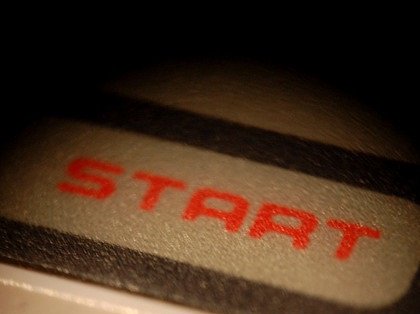

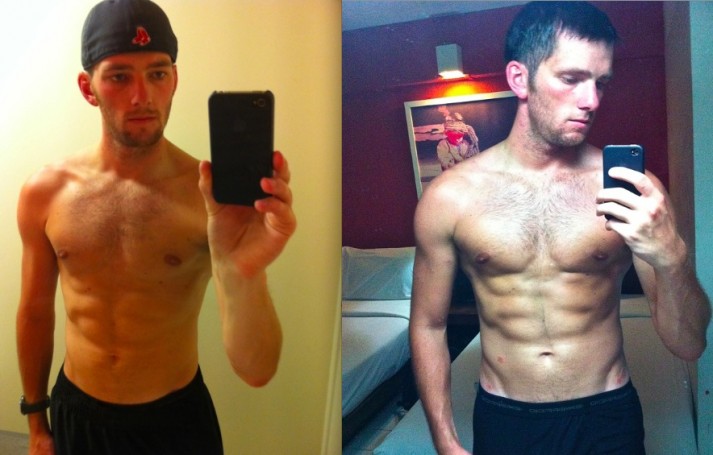
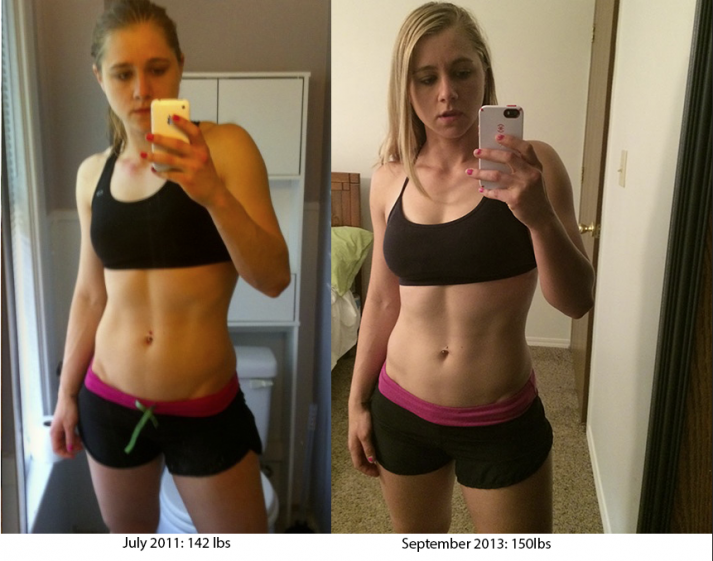

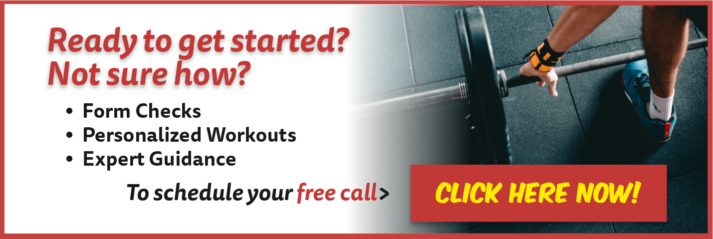

 The one piece of advice all newcomers to the ketogenic diet receive is to “get enough electrolytes.” It doesn’t matter what flavor of keto diet you’re talking about—paleo, carnivore, Primal, standard, clinical, mainstream, salami-and-cream-cheese. They all mention the importance of getting your electrolytes, particularly during the transition from a higher-carb diet.
The one piece of advice all newcomers to the ketogenic diet receive is to “get enough electrolytes.” It doesn’t matter what flavor of keto diet you’re talking about—paleo, carnivore, Primal, standard, clinical, mainstream, salami-and-cream-cheese. They all mention the importance of getting your electrolytes, particularly during the transition from a higher-carb diet.
 For now classes are 6pm and 640pm at 2840 Wildwood st in the Boise Cloggers studio.
Book your class NOW!
click this ==>
For now classes are 6pm and 640pm at 2840 Wildwood st in the Boise Cloggers studio.
Book your class NOW!
click this ==>








